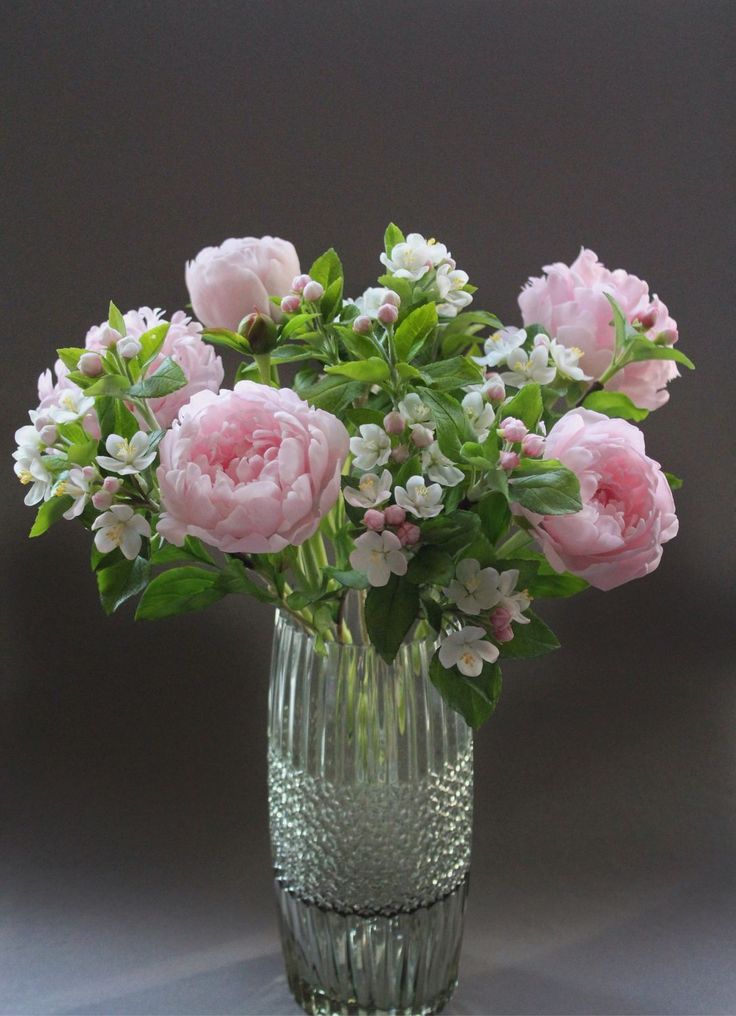Preventing and Treating Fungal Diseases on Plants
Fungal diseases can wreak havoc on your garden, causing leaf spots, wilting, mold, and even plant death if left unchecked. Preventing and treating fungal diseases requires a proactive approach that includes cultural practices, proper sanitation, and targeted treatments. By implementing these strategies, you can protect your plants from fungal infections and maintain a healthy garden ecosystem. Here’s how to prevent and treat fungal diseases on plants:









1. Promote Plant Health
- Healthy Soil: Start with healthy soil by amending it with organic matter and ensuring proper drainage. Healthy soil supports strong root systems and resilient plants that are better able to withstand fungal attacks.
- Proper Plant Spacing: Avoid overcrowding plants, which can create conditions conducive to fungal growth by restricting air circulation and promoting humidity. Space plants according to their mature size to allow for adequate airflow.
2. Water Wisely
- Water at the Base: Water plants at the base rather than overhead to minimize moisture on foliage, which can create an environment favorable for fungal growth. Use drip irrigation or a soaker hose to deliver water directly to the root zone.
- Morning Watering: Water plants in the morning to allow foliage to dry quickly in the sun, reducing the risk of fungal infections. Avoid evening or nighttime watering, as damp conditions overnight promote fungal growth.
3. Practice Good Garden Hygiene
- Remove Infected Plant Material: Promptly remove and dispose of any diseased plant material, including leaves, stems, and fruit, to prevent the spread of fungal spores. Do not compost infected plant debris.
- Clean Garden Tools: Disinfect pruning tools and garden equipment regularly to prevent cross-contamination between plants. Use a solution of 1 part bleach to 9 parts water or rubbing alcohol to clean tools between uses.
4. Provide Proper Air Circulation
- Prune for Airflow: Prune plants to improve airflow and reduce humidity around foliage. Remove overcrowded or diseased branches, and thin out dense foliage to allow sunlight and air to penetrate the canopy.
- Avoid Overhead Watering: Minimize overhead watering, which can create splashing and spread fungal spores. Use a soaker hose or drip irrigation system to deliver water directly to the root zone without wetting foliage.
5. Use Preventive Treatments
- Apply Fungicides: Consider using fungicides preventively, especially in areas prone to fungal diseases or during periods of high humidity. Choose fungicides labeled for the specific fungal disease affecting your plants and follow label instructions carefully.
- Organic Alternatives: Use organic fungicides such as neem oil, copper-based fungicides, or biofungicides containing beneficial bacteria or fungi. These products offer effective control of fungal diseases while minimizing harm to beneficial insects and the environment.
6. Monitor and Treat Promptly
- Monitor for Symptoms: Regularly inspect plants for signs of fungal diseases, including leaf spots, powdery mildew, rust, or wilting. Early detection allows for prompt treatment and reduces the spread of infection to neighboring plants.
- Targeted Treatments: Treat affected plants promptly with appropriate fungicides or cultural interventions to prevent fungal diseases from spreading. Remove and destroy severely infected plants to prevent further contamination.
Conclusion
Preventing and treating fungal diseases on plants requires a multifaceted approach that combines cultural practices, proper sanitation, and targeted treatments. By promoting plant health, practicing good garden hygiene, providing proper air circulation, and using preventive treatments when necessary, you can minimize the risk of fungal infections and protect your garden’s vitality. Stay vigilant, monitor plants regularly for signs of disease, and take prompt action to address fungal issues before they escalate.
FAQs (Frequently Asked Questions)
- What are some common signs of fungal diseases on plants?
- Common signs of fungal diseases include leaf spots, wilting, yellowing or browning of foliage, powdery white or gray mold on leaves, and fuzzy growth on stems or fruit. Some fungal diseases may also cause distortion or stunting of plant growth.
- Can cultural practices alone prevent fungal diseases on plants?
- While cultural practices such as promoting plant health, proper watering, and good garden hygiene are essential for preventing fungal diseases, they may not always be sufficient on their own. In some cases, additional treatments such as fungicides may be necessary, especially during periods of high disease pressure.